While the words “is it finally good?” seem to be a reflexive phrase for discussing games these days, not every game is able to pull a 360 after failed first impressions. One could write a ballad, or perhaps an anthem, as a tribute to those fallen titles. But today we’ll shine a light on those that did manage to actually evolve and turn things around.
Of course, games don’t just magically get better one day. Those games that have changed for the better have done so on a road paved with constant and numerous updates that dramatically change the nature of the game, reversing poor early decisions or simply improving the experience across the board. While some games here might still be divisive, their continued developer support and dedicated player bases prove that second chances are worth taking.
Cyberpunk 2077
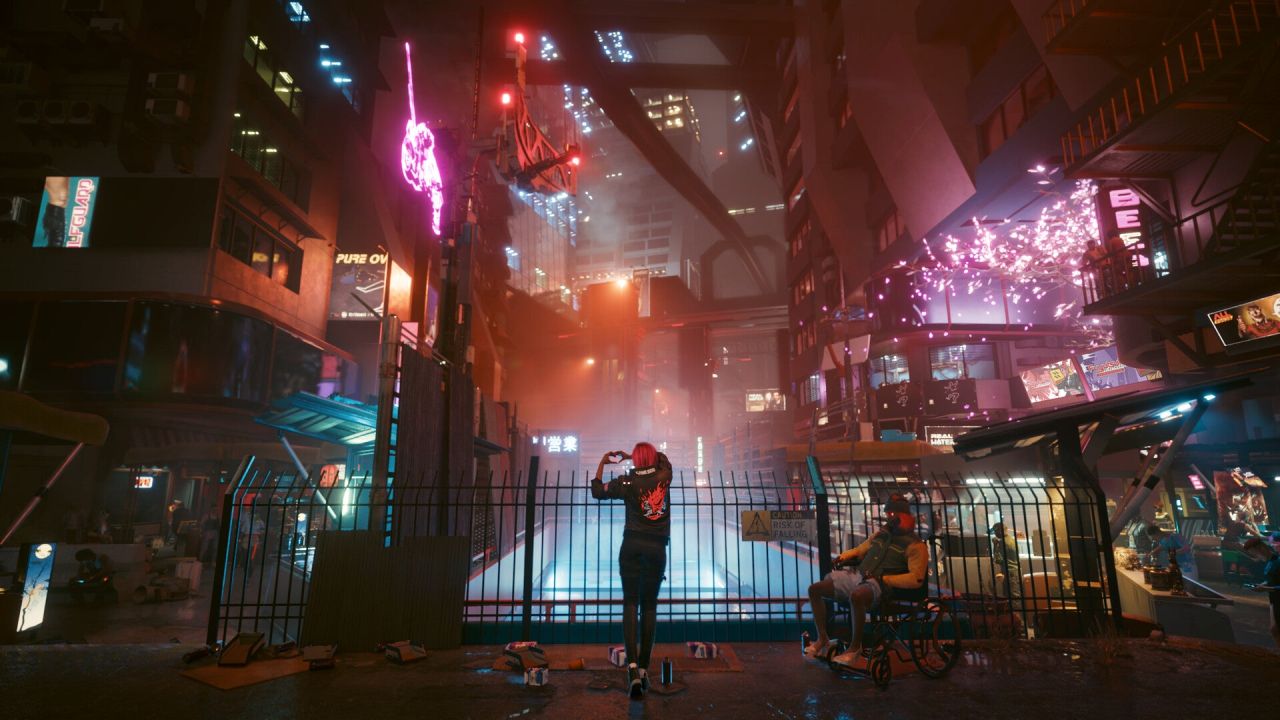
Forget about failing to meet expectations, Cyberpunk 2077’s brutal launch was so bad that it warranted complete refunds and, in one instance, was delisted from a digital storefront. While next-gen consoles and high-powered PCs might’ve been able to push through the digital crud that mucked up the game, it still wasn’t a great experience; bugs and crashes were constant. And even when it was running well, there was a general level of disappointment as it just felt like it wasn’t living up to expectations.
Now that multiple updates have addressed a wide variety of the gargantuan technical issues, more players are able to enjoy the genuinely fun and compelling main narrative, as well as all the pretty, pretty ray-traced sights of Night City. But updates to stability aren’t the only improvements the game’s undergone. Patch 1.5 was perhaps one of the best updates yet, helping Night City begin to feel more alive with the ability to buy new apartments, better vehicle handling, improved crowd and traffic AI, and added dialogue options via text with romanceable NPCs. You can also, as of Patch 1.6, transmogrify your items so you don’t look like an idiot just for chasing the best stats.
There’s also an even more promising future ahead of 2077 should modders take full advantage of the REDmod suite of mod tools. We’ve seen some promising looks at what’s possible when 2077 is treated as a canvas. Time will tell what wonders will emerge from this potential, but gaming isn’t without its redemption stories built off the backs of passionate modders. 2077 just might go on to be one of those.
Destiny
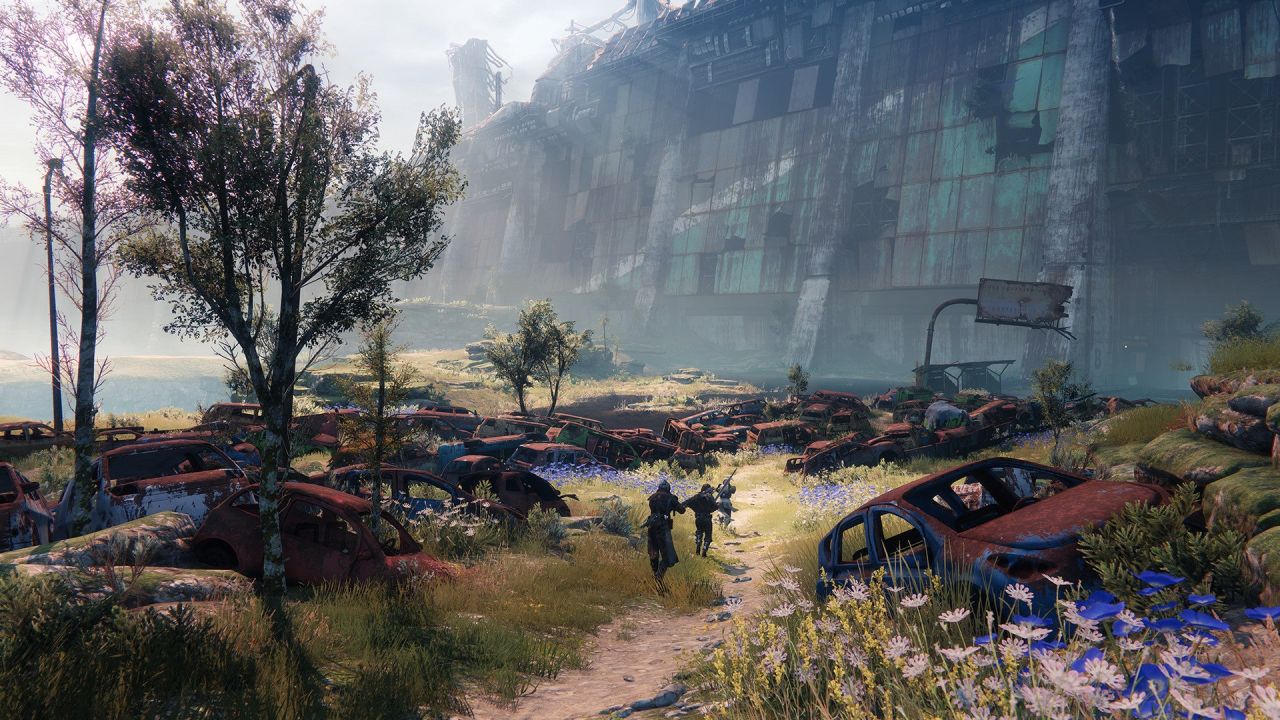
When we look at the arc of the original Destiny, what we see is a game that was initially a solid meh out of ten at best, but was ultimately saved by a tremendous injection of content via The Taken King in 2015. But when Destiny 2 hit…that experience once again returned to a big ol’ meh-fest for the most part.
Depending on who you ask, you’ll get different answers as to which expansion really turned things around for Destiny after its hard sequel reset. Maybe it’s Forsaken, with its choice to axe a fan-favourite NPC with an entertaining main story (that’s, sadly, now vaulted). Maybe it was Beyond Light, when the story really cracked itself wide open with higher stakes and even more exotic locales. And if it wasn’t Beyond Light, then it’s hard to argue that The Witch Queen at least wasn’t one hell of a blast to play through, strong enough to convince just about any sceptic that this game still had life in it. I would also argue that, while it had a few bumps along the way, the seasonal model of the game made content feel a bit more active and regular over the course of a year.
Destiny has turned itself around with such positive strides that I actually get a little sad that there are only a precious few expansions left in the main story.
Warframe
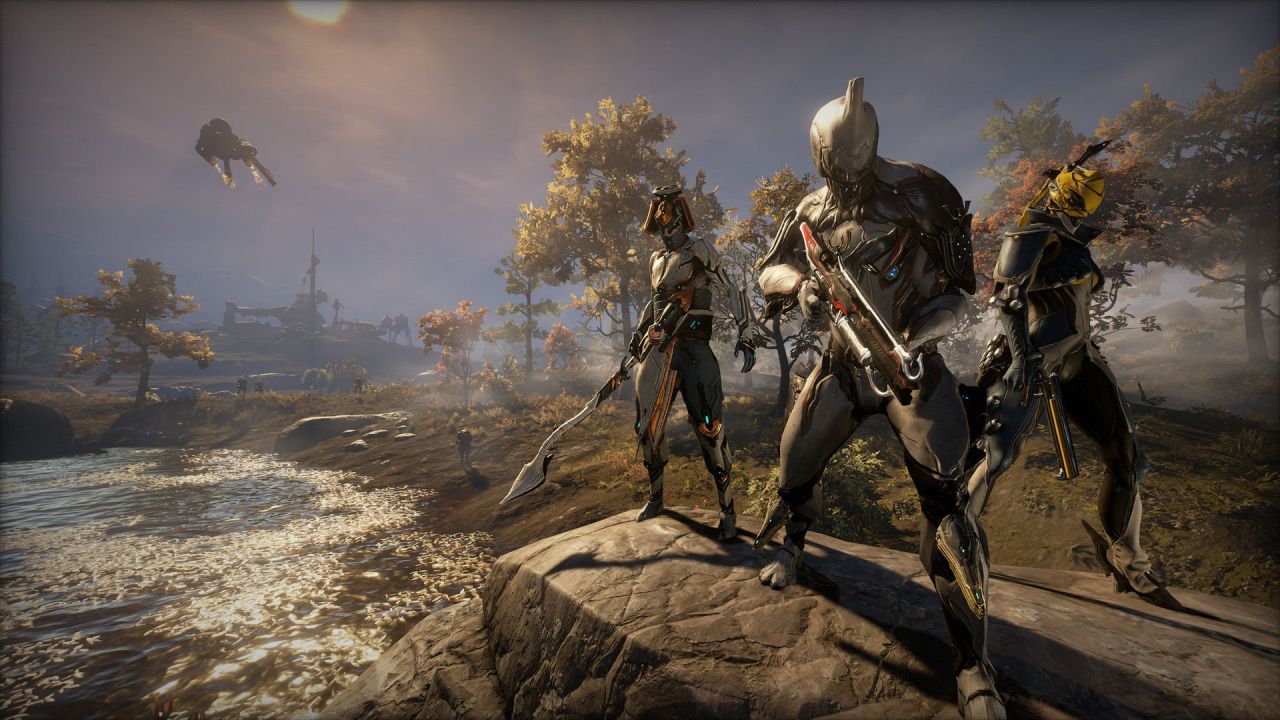
If I’m being honest, Warframe’s early days were a step above meh, landing firmly in the “kinda neat” category. But even someone like me, who enjoyed jumping around as a space ninja in the early days, eventually spun off it as the grind felt too cryptic and the worlds felt too samey.
Warframe is still a grind — in fact, when I consider jumping back in, I have to ask myself what other aspects of my life I’m willing to part with, because it will suck up all my time. But I wouldn’t be afraid of that if the game hadn’t exploded into a cornucopia of joyfully weird sci-fi and satisfyingly fast-paced third-person shooter gameplay.
The game has received a variety of updates and new features over the years, from entirely new reskins of existing map tilesets to expansive open-world environments, fun activities, and the ability to pilot massive ships. Supporting it all is an ever-expanding set of cryptic fiction that pulls you along multiple trips through open landscapes and tight, deadly corridors of carnage, all while maintaining a compelling sense of mystery.
Halo: The Master Chief Collection
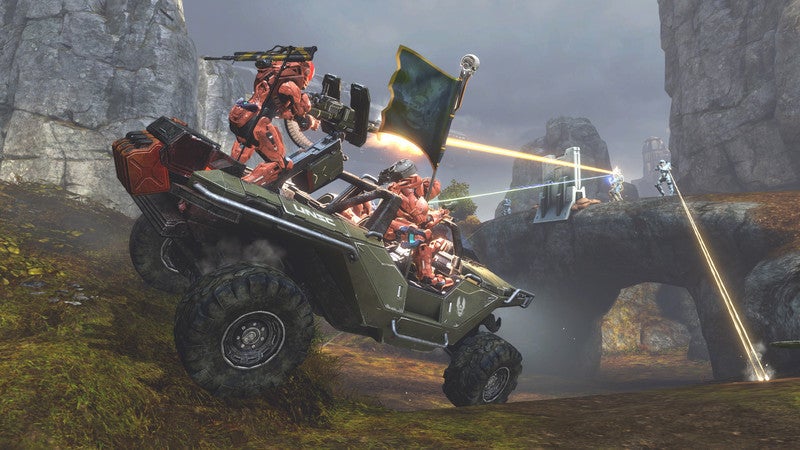
Oh, Halo. While you’ll always have a fan in me, those early days of The Master Chief Collection were friggin’ rough. In 2014, I was hypnotized by the idea of every numbered Halo game, and all of its multiplayer, packaged into a single experience. Were it so easy.
MCC would be the second time Halo subjected me to exploring a library of misery. Constant server and matchmaking issues made multiplayer an awful experience. And for older games, like Halo 2, that multiplayer was a buggy, glitchy mess even when it did work. Single-player experiences were somewhat of a reprieve from that, but the games still crashed frequently on the Xbone.
Flashforward to the 2020s and The Master Chief Collection isn’t just one of the best Halo experiences today, it’s the best place to play Halo, period (well, until Infinite gets its friggin’ act together too). On top of a well-maintained PC release that’s introduced all sorts of never-before-seen features like graphical adjustments, more games have been added over the years, in the form of Halo: Reach and Halo 3: ODST. ODST, in fact, received a Flood-themed firefight mode that wasn’t even in the original; Halo 3 even got new maps too. It’s also served as an excellent platform for exciting new mod experiences.
It took a few years, but Halo: The Master Chief Collection has now become everything it promised to be, and then some.
Final Fantasy XIV
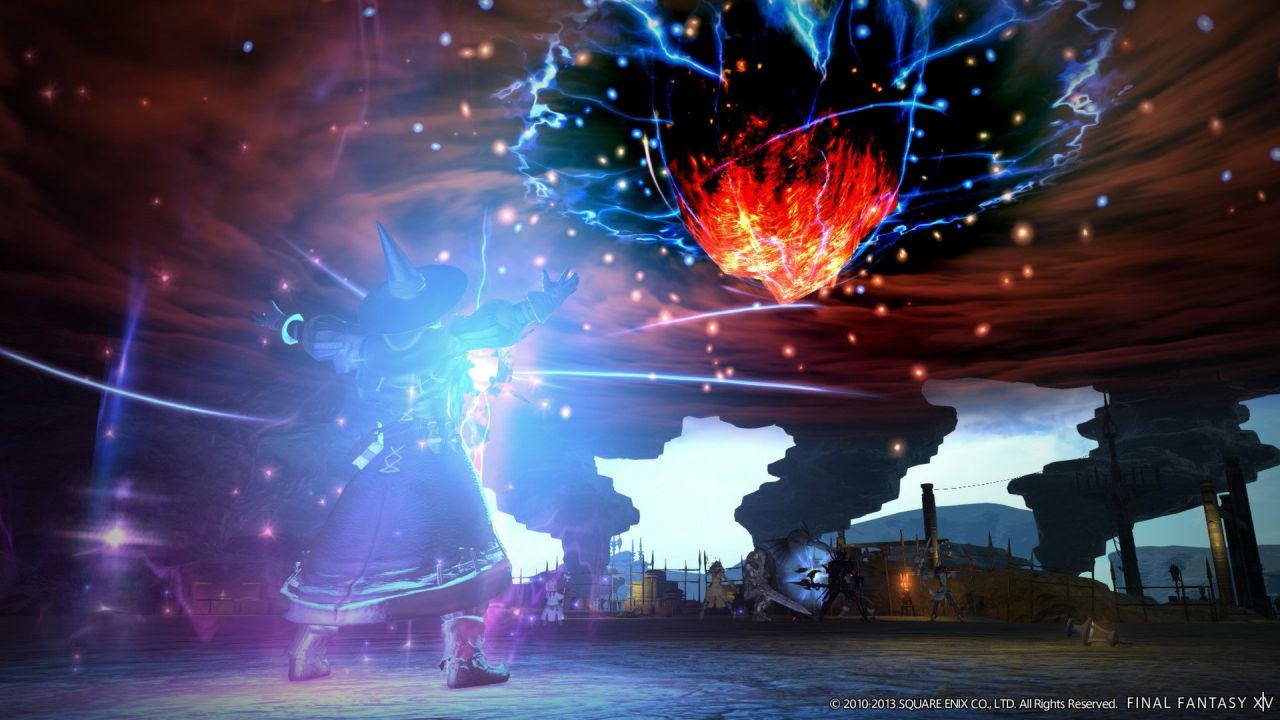
Final Fantasy XIV’s tale of failure and redemption is an inspiring reminder of change and improvement. Though it landed in 2010 with an impressive soundtrack from none other than Nobuo Uematsu, one of the finest composers of our era, that was about, uh, all it had going for it.
On arrival, the game was a fraking disaster. Buggy, overly grindy, and simply miserable to play, the only thing that would save the world of Eorzea, much like our own reality, would be a giant meteor to snuff it out of its miserable existence. And hey, that happened! Since then, XIV’s relaunch as A Realm Reborn has been one of the greatest comebacks in gaming history.
Each expansion feels better than the last. And though I’ve struggled to get enough playtime with the main story myself, I’ve never met a single person who’s played it and hasn’t sung its praises. The game now feels wonderful to play and packs a rewarding experience if you’re willing to sink the time and money into it.
If you’re interested in the inside story of this redemption arc, Noclip has an excellent multi-part series documenting the entire ride.
Elder Scrolls Online
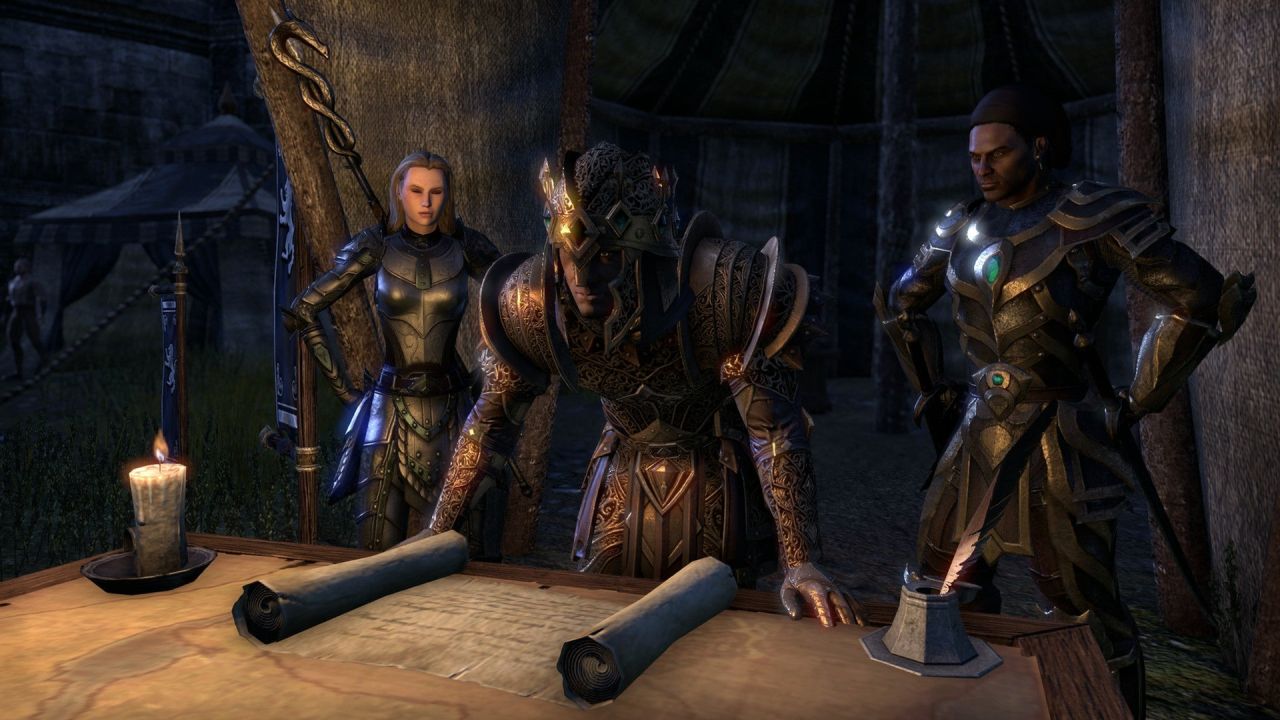
I would sooner re-date my exes than replay the early days of Elder Scrolls Online again. And thankfully, in both cases, I never have to again (no, I’m not returning your text request to “meet up”). Once one of the most miserable gaming experiences I can recall in recent memory, an atrociously deployed fusion of Elder Scrolls-style gameplay with MMO fixins, it’s a wonder I even sat through those frustratingly long queues to get into the game in its early days. Why do we spend such precious time in unprecious ways?
Returning to Tamriel in this MMO makes it clear that those days are behind us, and I’m so, so sorry to have misjudged you for it, ESO. While it’s a rewarding MMO to play with friends, I find dipping into ESO these days to be, surprisingly, simply a great Elder Scrolls experience — and until there’s more to look forward to in the forthcoming Elder Scrolls VI, it kind of is the quasi-sequel Skyrim has deserved since it came out in 2011.
Updates in the years since have added more playable areas, including lovely recreations of locations from 2002’s Morrowind that flood my brain with instant dopamine-triggering nostalgia. It’s a joy to play with other folks, but it’s also just time well-spent in this classic video game fantasy setting.
GTA Online
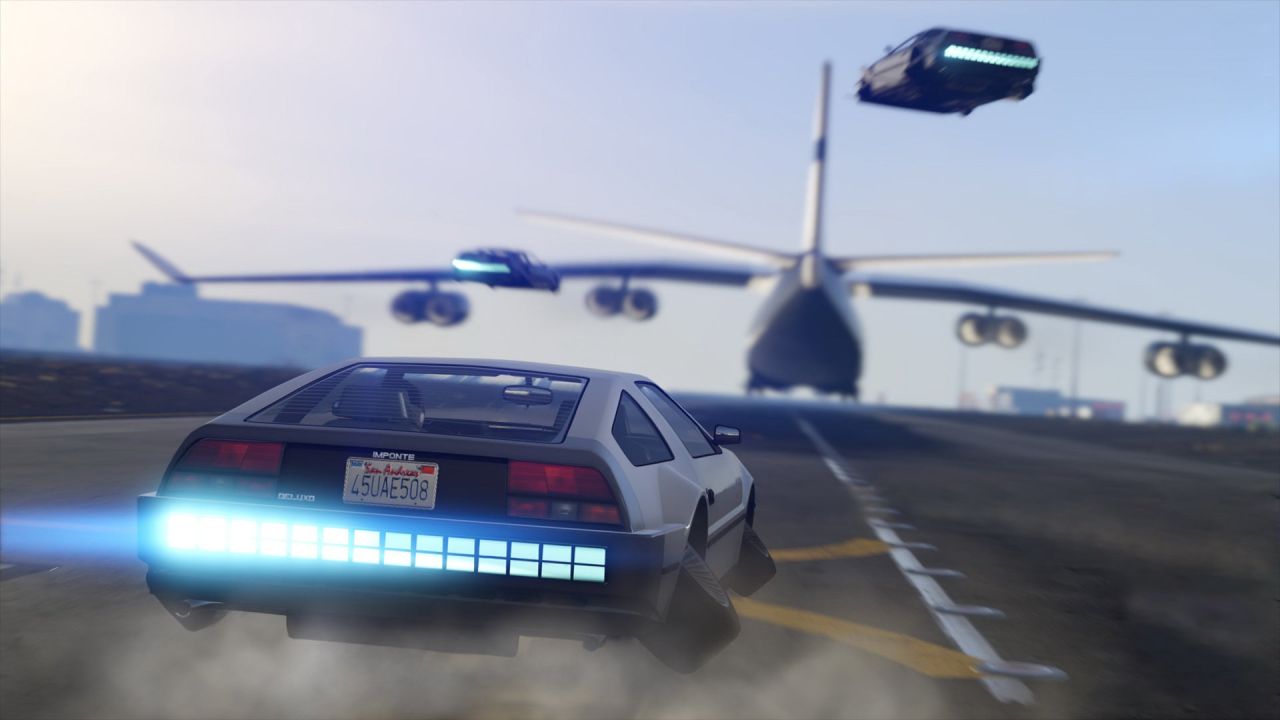
The early days of GTA Online remind me much of my childhood: Sure, I spent a lot of time playing with guns and setting stuff on fire, but really it all felt rather empty as I realised nothing around me was real or substantial.
I definitely spent a lot of time with friends in the early days of GTA Online, but it was hardly engaging. It would all just be a couple of hours of “let’s play those few missions again and, uh, I guess try and stop the train for the millionth time?” I spun off the game eventually, but every time I look back, it’s clear that I’m doing a disservice to myself.
With numerous updates that included dozens of new jobs, heists, and so, so, so many cars and cosmetics, GTA Online has evolved into one hell of a collect-a-thon of reckless criminal behaviour. You might wonder how some folks are still playing it, but take one look at its current state, and it’s really no surprise that it’s been so successful.
Tom Clancy’s Rainbow Six: Siege
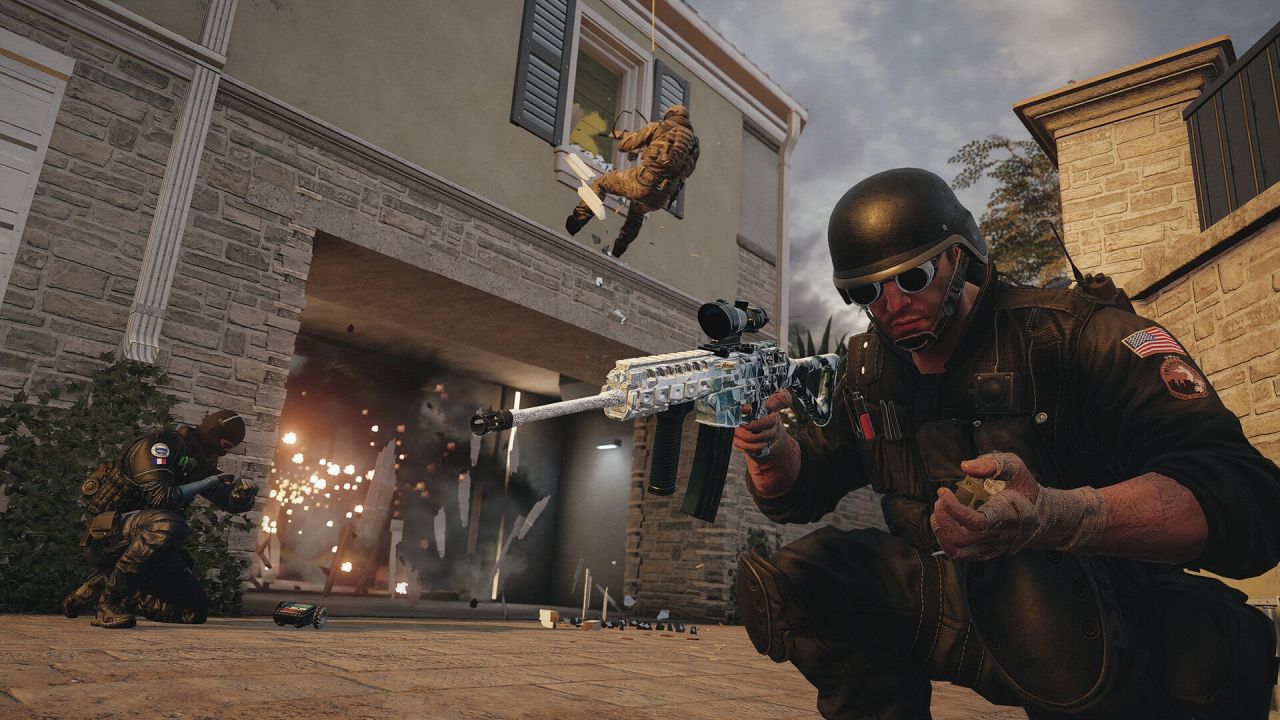
Once you do the hard work of blocking out the egregious conservative propaganda in a Tom Clancy’s game, what you’ll typically find (though increasingly more rare these days) is a satisfying, no-nonsense tactical challenge. Few games captured that like the Rainbow Six series…which is why it was so strange to see R6 re-emerge as a multiplayer-only hero shooter?
While its wheels seem to be spinning in the mud these days, depending on who you ask, Siege’s progress and expansions over the years certainly won over the sceptic in me, and I imagine that’s the case for many other fans of the legendary tactical shooter.
The game’s initial offering of operators had a nice amount of versatility and tactical utility, but as we started seeing characters like Frost, Cav, Valk, Jackal, Hibana, and more, the game exploded into a rarely stale sequence of cautious planning and lethal execution. Smart placement of gadgets and effective strategy always made the difference, and each update only made this FPS Rubik’s Cube more fascinating and engaging to twist around.
No Man’s Sky
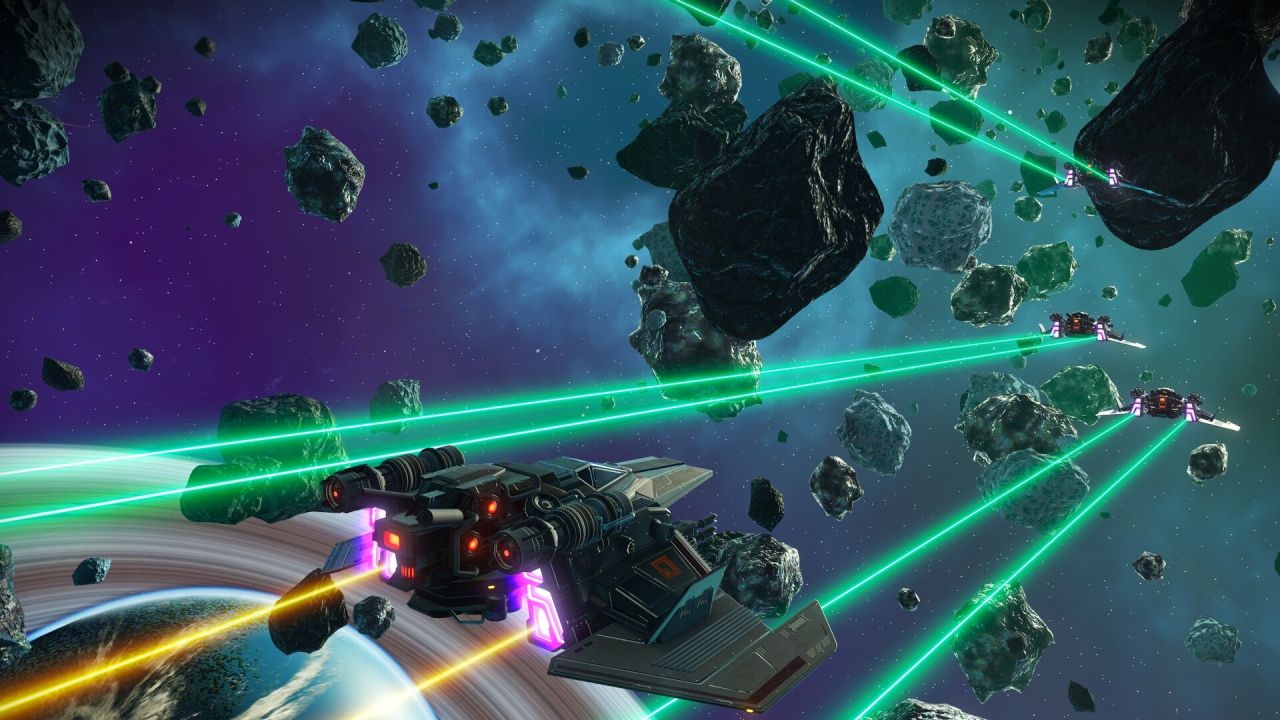
No Man’s Sky has travelled the long, interstellar road of meager early offerings to staggering amounts of depth and activity. Its early days in 2016 were interesting; the ability to fly around to so many different worlds seamlessly was a neat feat of technical mastery, but it was all a little too hollow. There are only so many weird rocks you can scan, after all.
But all the hope and ambition for this colossal experience would eventually be met by way of dozens of groundbreaking updates, each one adding something new and surprising to the game. I will always maintain that the original experience was a satisfyingly chill game, but with added modes that double down on the survival mechanics, cross-platform play with actually working multiplayer, better visuals, even more ships, expanded variety in animals, plants, and planets, base building, improved combat options, versatile difficulty options, this game has thoroughly turned itself around from being a notorious disappointment to literal proof of how a game can evolve for the better.
Vampire: The Masquerade – Bloodlines
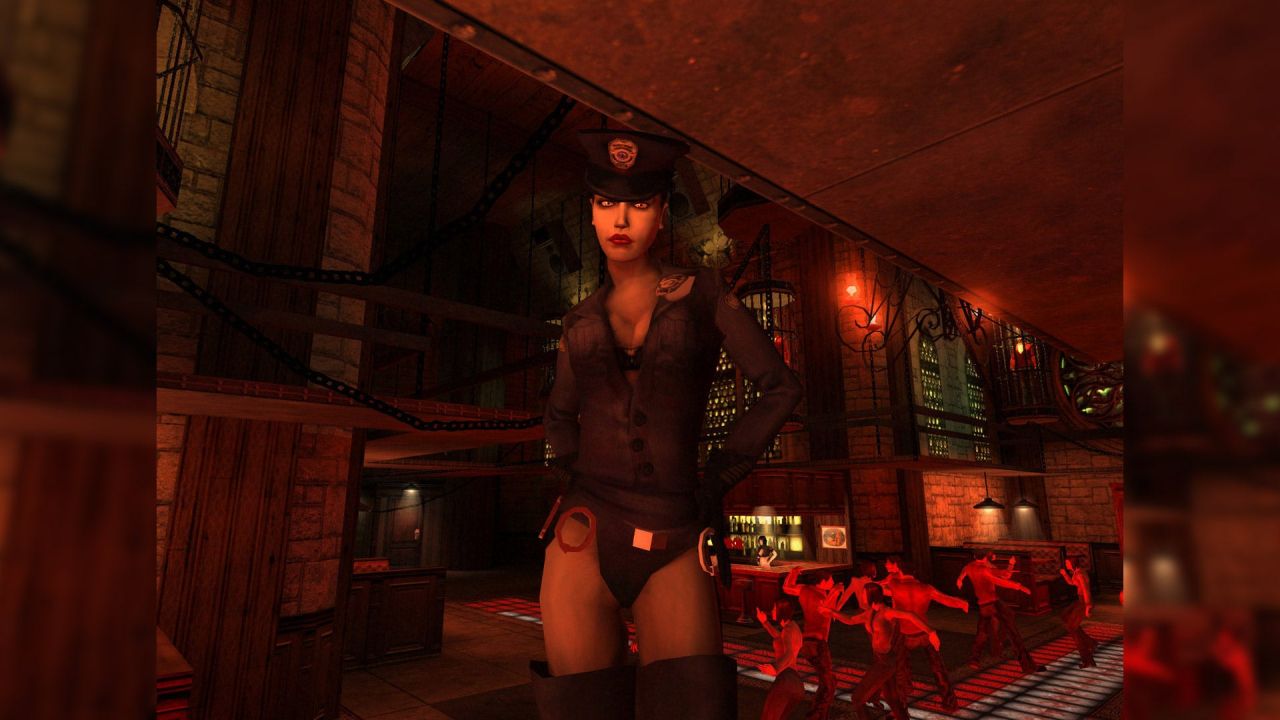
Vampire: The Masquerade — Bloodlines is a fascinating tale of redemption. The story starts out very similarly to other disappointing games: It was a buggy, broken mess with inelegant combat systems and a disappointing experience for fans of the tabletop roleplaying experience the game adapts. But then some intrepid modders decided to fix everything they could, and us VtM fans are forever grateful for their service.
Bloodlines’ brutally rough premiere was the result of one hell of a bumpy ride in development. But in 2004, few games that struggled to live up to expectations went on to have much of a shelf life. We hadn’t yet entered the age of live services and constant updates. But Bloodlines would defy that fate, this time as a result of the impressive efforts of modders and passionate Vampire fans brought to life in the Unofficial Patch.
I’ll be honest, there’s still a bit of awkwardness present in Bloodlines, even after this patch, that will likely always be there. But at least now the game actually works and can provide you with a rewarding VtM fantasy. Graphical glitches have been improved alongside other imperfections that irreversibly marred the debut experience, unfinished quests were restored, and the game displays properly in widescreen mode now. Overall, with nearly two decades having passed since the original disaster of a launch, the redemption of Bloodlines proves that if the devs can’t fix it, the promise of stepping into a universe as lovely and fascinating as VtM can be all the motivation needed for an army of passionate fans to fix things up.
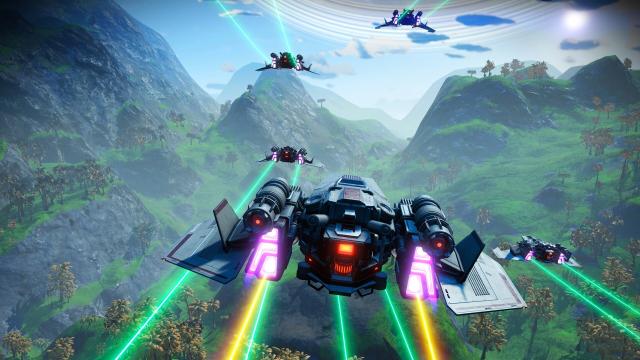
Leave a Reply
You must be logged in to post a comment.